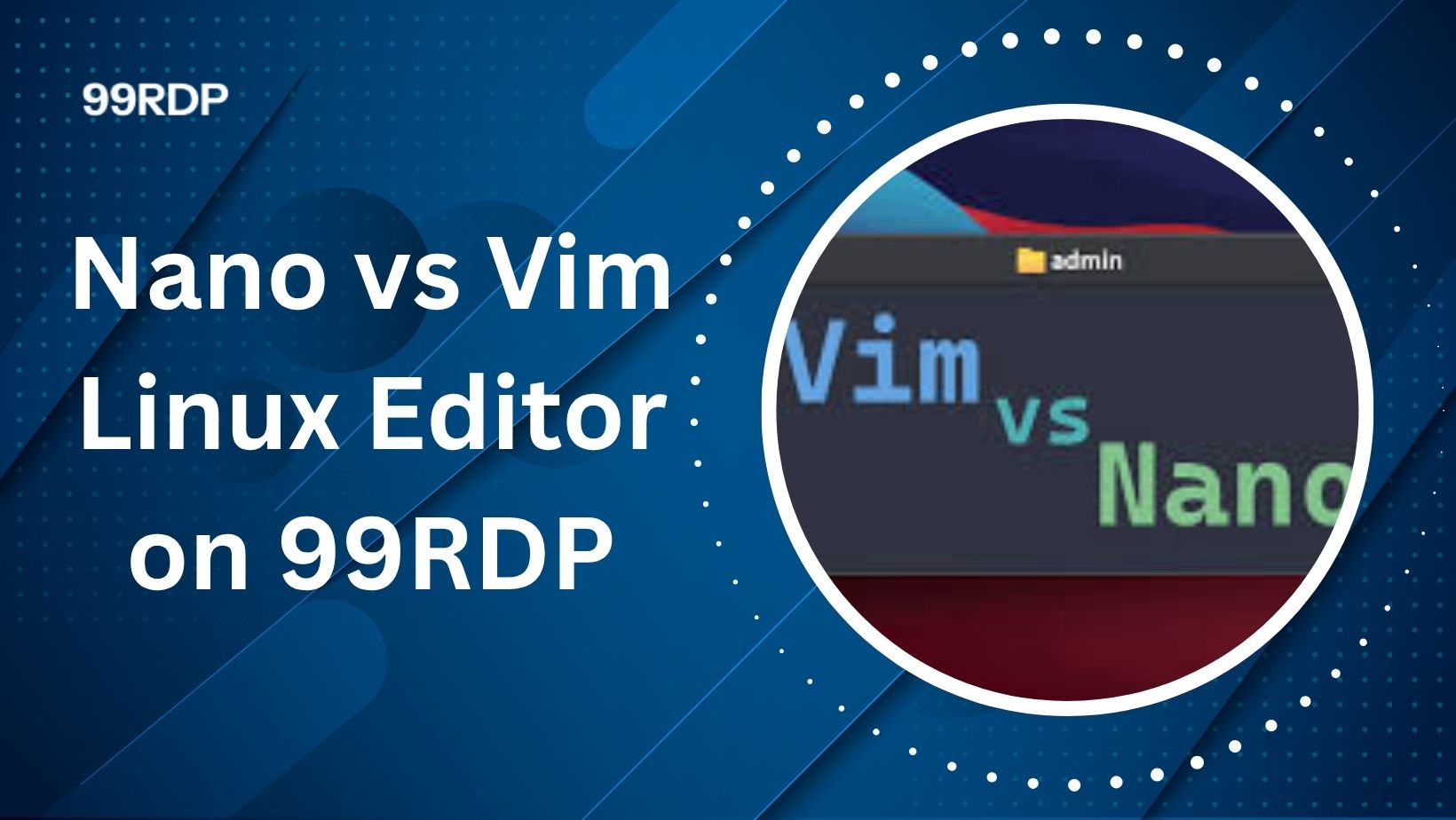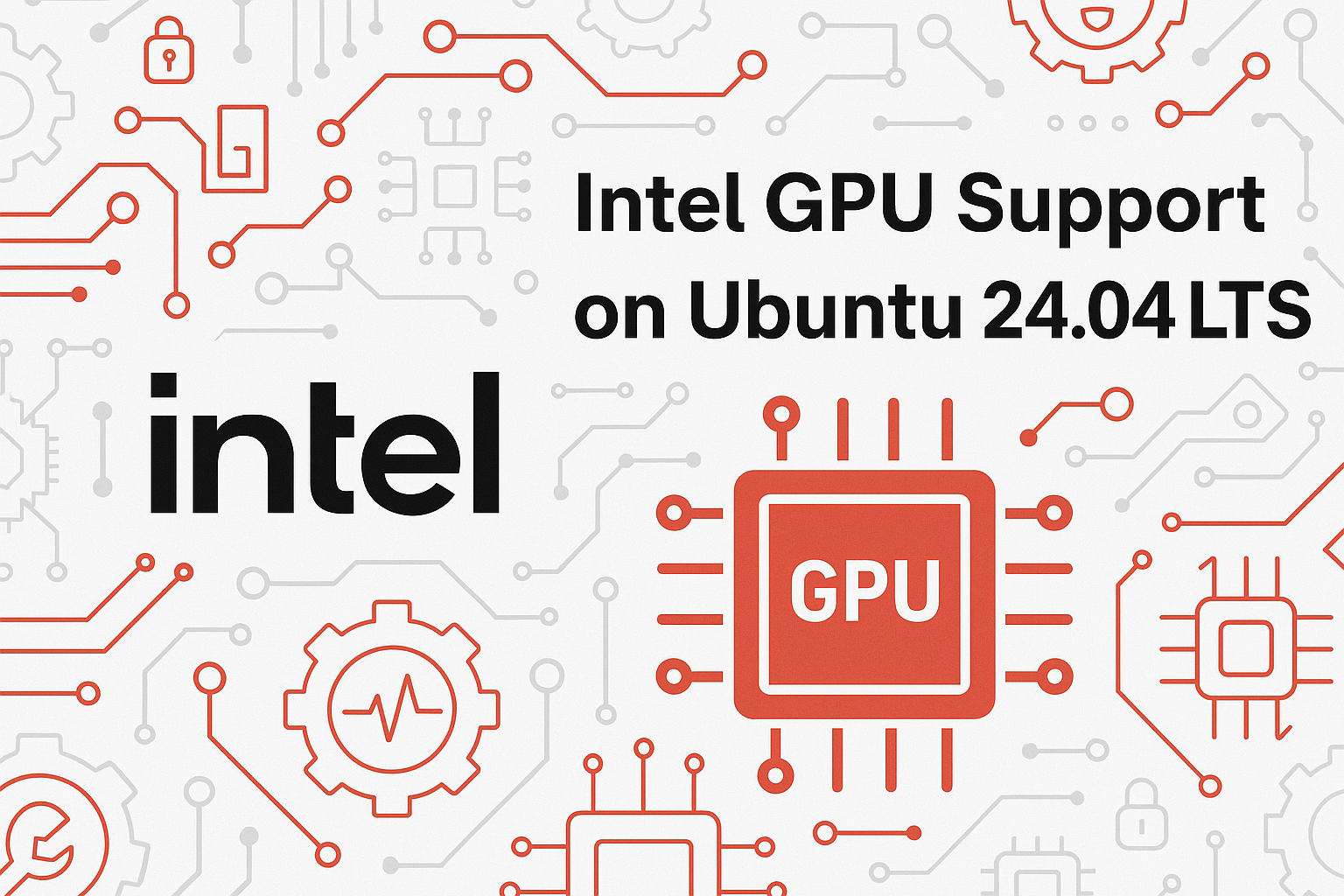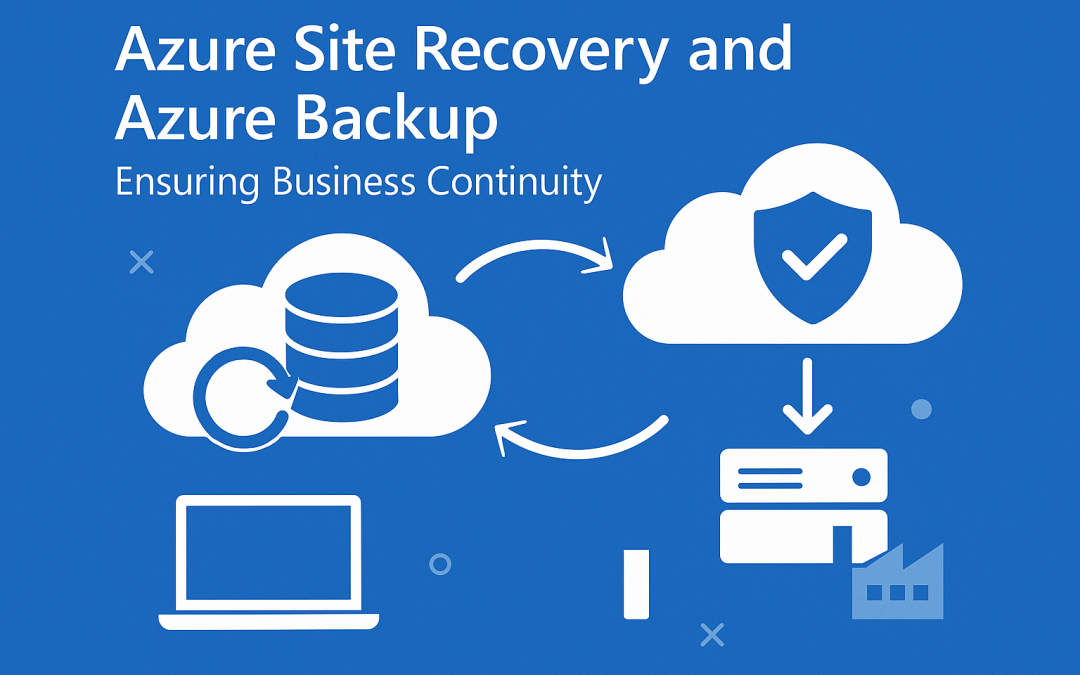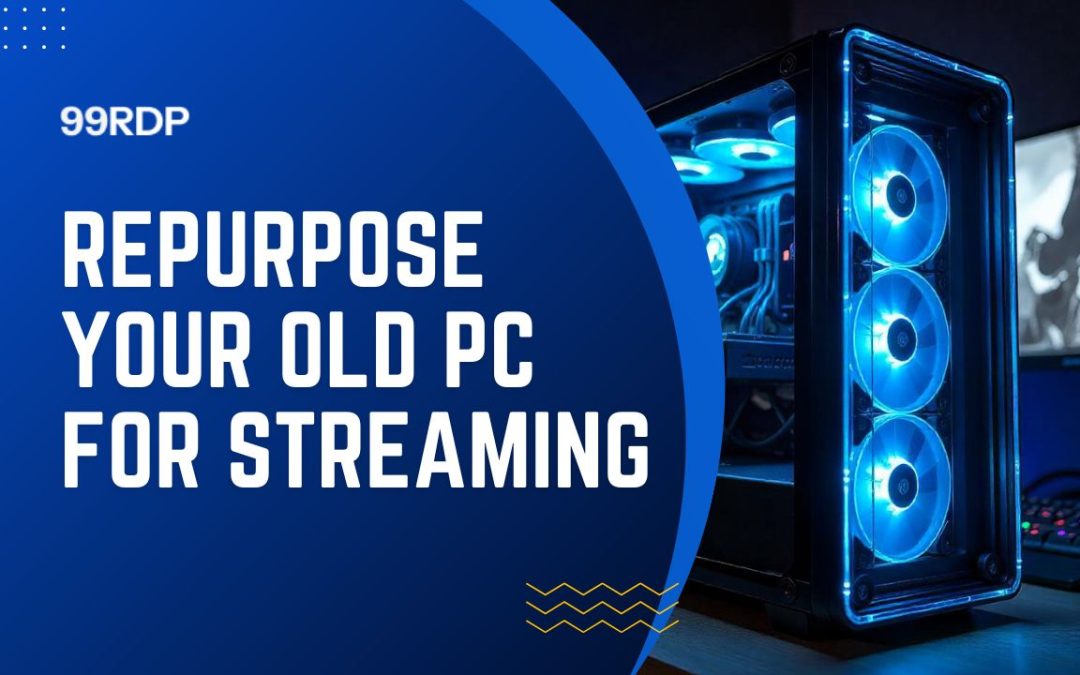Nano vs Vim
Choosing the Right Linux Editor on 99RDP for Maximum Productivity

When working with Linux servers remotely via RDP, one of the first decisions developers and sysadmins face is: Which text editor should I use—Nano or Vim?
Whether you’re configuring files, editing code, or tweaking system settings on your 99RDP Linux RDP, the editor you choose directly affects your efficiency and workflow.
In this blog, we break down Nano vs Vim, back it with real-world use cases, and show you how 99RDP’s powerful Linux RDP and Developer RDP services empower users to make the most of whichever editor they choose.
1. Quick Overview: Nano vs Vim at a Glance
| Feature | Nano | Vim |
|---|---|---|
| Learning Curve | Easy | Steep |
| Interface | Straightforward | Modal |
| Features | Basic editing | Advanced text manipulation |
| Default in Linux | Often pre-installed | Almost always available |
Both editors are terminal-based, but they cater to different user personas. Nano is for beginners, while Vim is for power users.
💡 Did You Know? According to Stack Overflow Developer Survey 2023, Vim still ranks in the top 5 most-used development environments by experienced Linux users.
2. Use Case Matters: Match Editor with 99RDP Plans
🔹 Nano: Best for Beginners and Sysadmins
If you:
- Just need to edit config files quickly,
- Prefer a visible command prompt (like Ctrl+O to save),
- Are managing your Linux RDP from 99RDP for light scripting or file edits,
Then Nano is the ideal choice.
Best Paired With:
👉 99RDP Linux RDP – Lightweight, fast, and preconfigured with beginner-friendly tools like Nano. Perfect for casual admins and learners.
🔹 Vim: Powerhouse for Developers
If you:
- Want lightning-fast editing with keyboard shortcuts,
- Customize and script your editor with plugins,
- Are a DevOps engineer, coder, or backend developer using Developer RDP from 99RDP,
Then Vim unleashes your productivity.
Best Paired With:
👉 99RDP Developer RDP – Comes with root access, compiler tools, and Vim pre-installed. Ideal for Git workflows, Python/JavaScript development, and server-side scripting.
3.Nano vs Vim
Performance: Does It Matter in RDP?
Yes! When you’re accessing your machine remotely:
- Nano loads instantly on low-resource plans.
- Vim stays efficient, even with multiple buffers and large files.
On a recent benchmark test by Phoronix, Vim opened a 1GB log file in under 2 seconds, while GUI editors crashed or froze. That’s power on a budget when used on a 99RDP Root RDP plan.
Try with:
👉 99RDP Root RDP – Full control with SSH, editor freedom, and command-line mastery.
4. Editor War or Workflow Choice?
Let’s be honest—Nano and Vim are not competitors. They’re tools with different goals.
- Use Nano when you’re in a rush, configuring servers via terminal.
- Use Vim when you need to write and manipulate code or automate editing.
With SSD storage, 1 Gbps speed, and flexible OS support on all 99RDP plans, you don’t need to compromise.
5. Real-World Dev Stack: A 99RDP Workflow
Imagine this:
- You’re deploying a Node.js app on your 99RDP Linux RDP.
- You use Nano to quickly tweak
.envconfigs. - Then switch to Vim to debug
index.js, manage Git branches, and edit multiline code blocks with regex.
This dual-editor flow works seamlessly thanks to 99RDP’s powerful backend and Linux flexibility.
Conclusion: Which Editor Wins on 99RDP?

There’s no universal answer—the winner is your workflow.
But with 99RDP’s customizable Linux RDP and Developer RDP plans, you can run Nano and Vim side-by-side, optimize for speed, and never worry about performance bottlenecks.
“Choosing an editor is like choosing a sword—it should feel like an extension of your hand.”
🔗 Explore RDP solutions today and bring your editor battles to the cloud battlefield:
👉 Explore 99RDP Linux Plans Now »
👉 Upgrade to Developer RDP for Code-Centric Projects »
EXPLORE MORE; Vim vs. Nano: An In-Depth Comparison
READ OUR BLOGS




